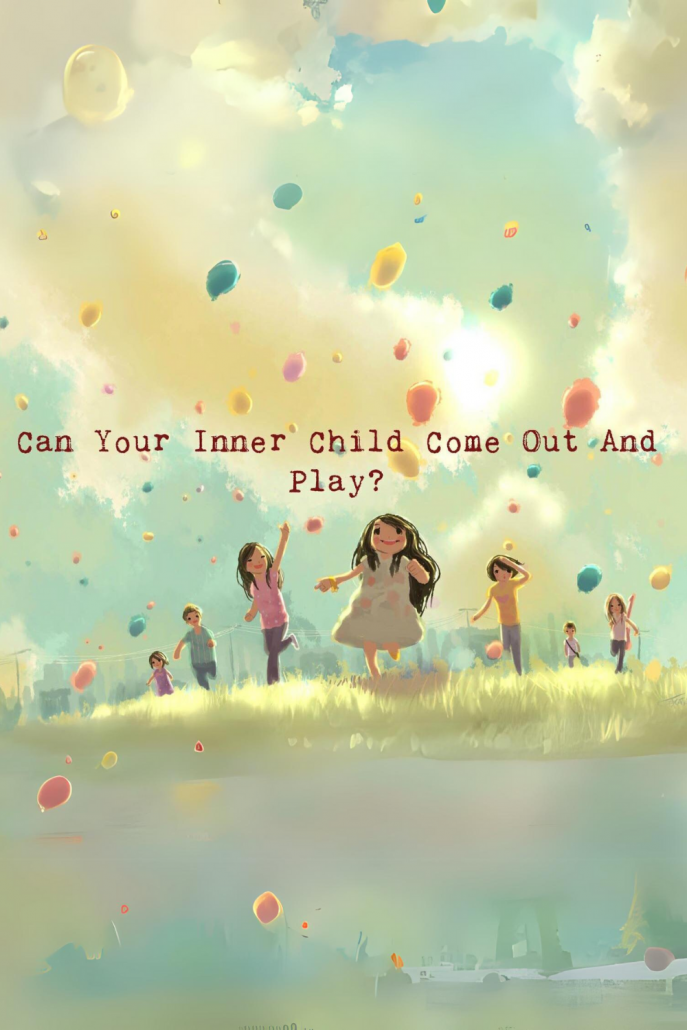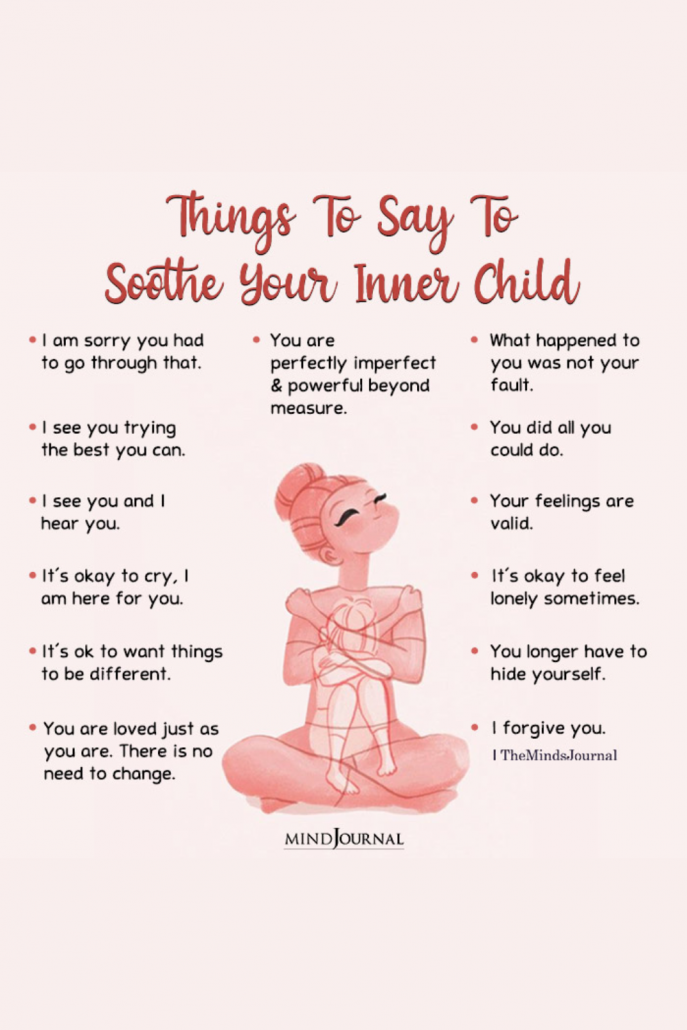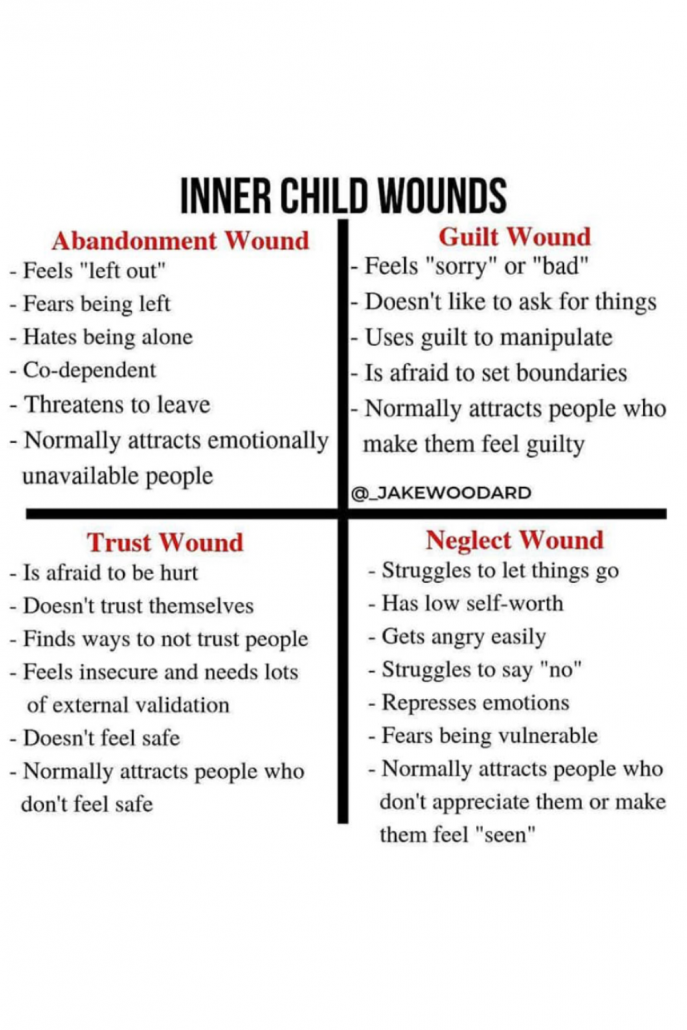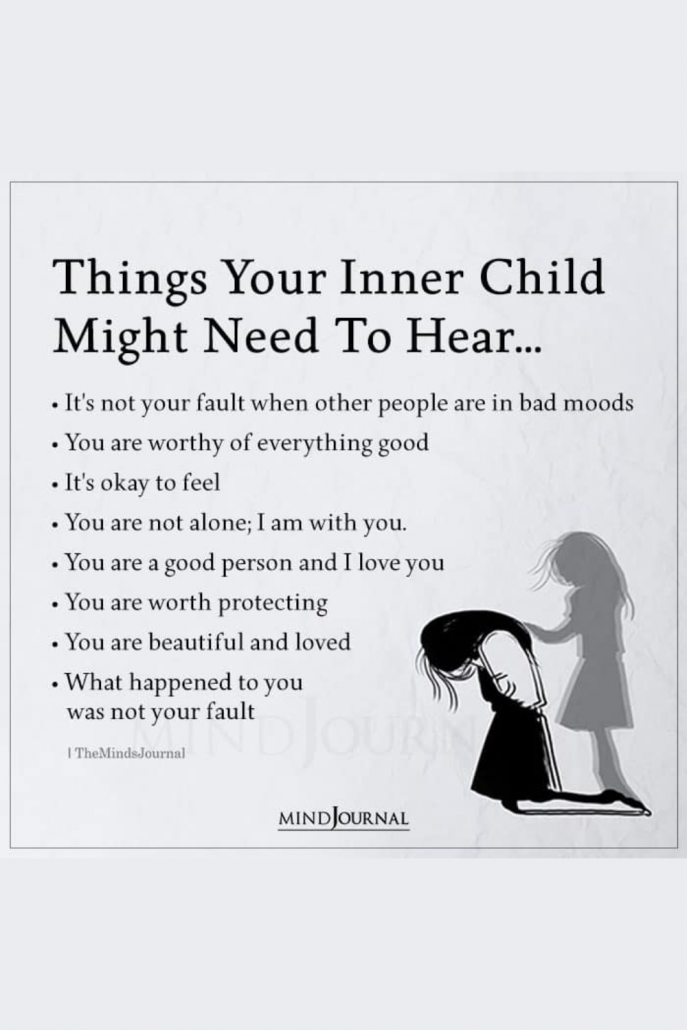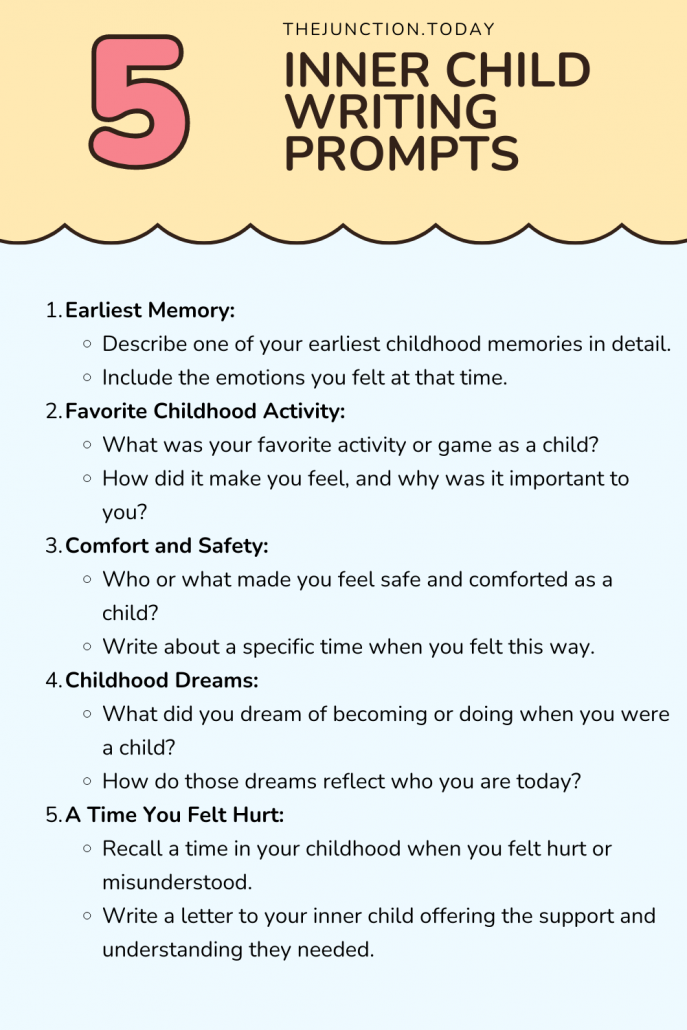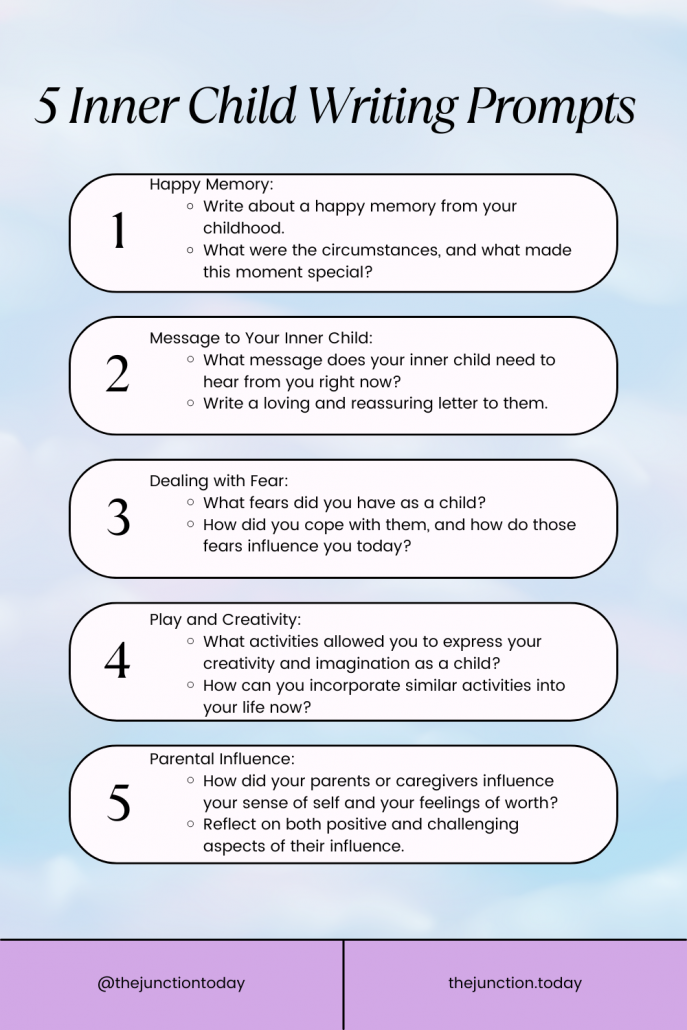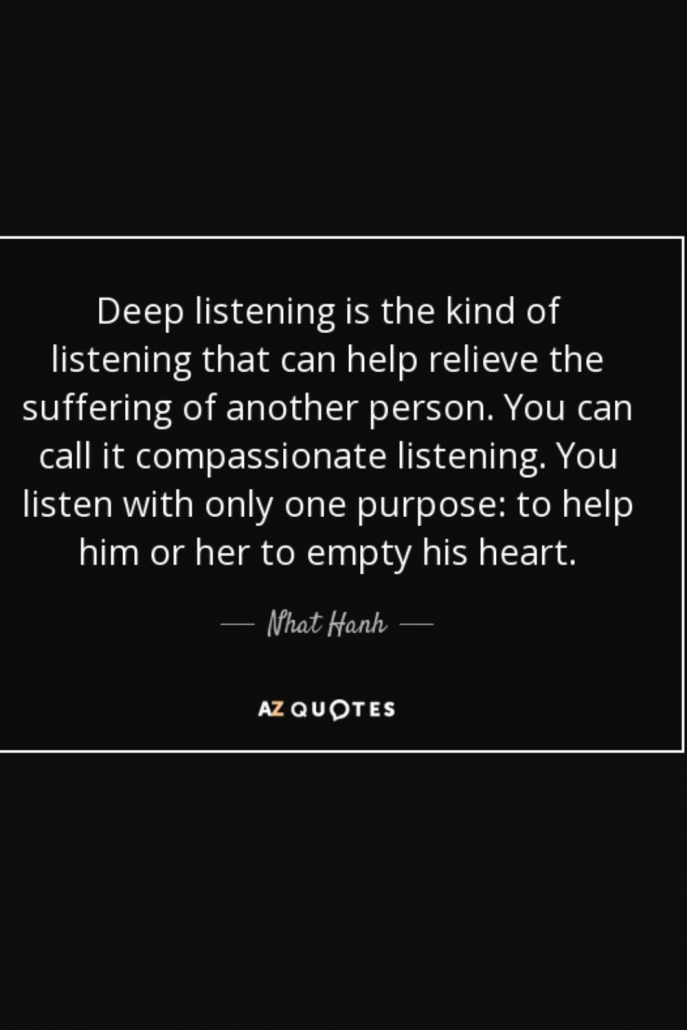Healing Your Inner Child: A Journey to Self-Discovery and Growth
Understanding Inner Child Work
Inner child work is a powerful therapeutic approach that involves reconnecting with the child-like part of ourselves that holds our deepest emotions, memories, and experiences. This process can help us understand and heal the wounds from our past, fostering emotional well-being and personal growth. By acknowledging and nurturing our inner child, we can address unresolved issues and develop a more compassionate relationship with ourselves.
Why Inner Child Work Matters
The inner child represents our original self, encompassing both the joys and traumas of our early years. When we neglect this part of ourselves, we may find that old wounds resurface, manifesting as anxiety, depression, or unhealthy relationship patterns. Engaging in inner child work allows us to heal these wounds, leading to a more integrated and authentic self. It is a crucial step in emotional healing and can significantly enhance our quality of life.
Personal Insights and Experiences
Reflecting on my own journey with inner child work, I recall the profound impact it had on my life. Growing up, I experienced a difficult childhood marked by parental divorce and living with a stepfather who displayed narcissistic behaviors. These experiences left me feeling unsafe and responsible for his anger. As I delved into inner child work, I began to understand how these early experiences shaped my adult life, particularly in my relationship with my husband. This awareness was the first step toward healing and finding a sense of safety within myself.
Key Concepts and Techniques
Techniques and Practices
- Mindfulness and Compassion: Thich Nhat Hanh emphasizes the importance of mindfulness and compassion in healing our inner child. By practicing mindful breathing and compassionate listening, we can create a safe space for our inner child to express their feelings and needs.
- Visualization: Visualization exercises can help you reconnect with your inner child. Imagine meeting your younger self in a safe and loving environment, offering the support and understanding they needed at the time.
- Journaling: Writing letters to your inner child can be a therapeutic way to express suppressed emotions and thoughts. This practice allows you to give voice to your inner child’s needs and experiences.
- Therapy: Working with a therapist who specializes in inner child work can provide valuable guidance and support. Therapists can help you navigate the complexities of your past and develop strategies for healing.
Professional Insights
Thich Nhat Hanh, a renowned Zen master, emphasizes the importance of embracing our inner child with mindfulness and compassion. In his book Reconciliation: Healing the Inner Child, he writes, “If we take care of our inner child, we heal ourselves, and we heal the world. The wounded child in us is responsible for our misperceptions and suffering.” By acknowledging and nurturing our inner child, we can heal the emotional wounds that affect our adult lives.
Practical Applications
Daily Integration
Integrating inner child work into daily routines can be simple yet effective. Here are some practical steps:
- Mindful Breathing: Practice mindful breathing to stay connected with your present self and your inner child. Thich Nhat Hanh suggests, “Breathing in, I see myself as a 5-year-old child. Breathing out, I smile with compassion to this child.”
- Morning Affirmations: Start your day with affirmations that speak to your inner child, such as “I am safe,” “I am loved,” and “I am enough.”
- Playfulness: Engage in activities that bring you joy and reconnect you with your playful side, like drawing, dancing, or playing games.
- Self-Compassion: Practice self-compassion by speaking kindly to yourself and treating yourself with the same care you would offer a child.
Common Challenges and Tips
Inner child work can be challenging as it involves confronting painful memories and emotions. Here are some tips to help you navigate these challenges:
- Patience: Healing takes time, so be patient with yourself and the process.
- Support System: Lean on trusted friends, family, or a therapist for support.
- Self-Care: Prioritize self-care practices that nurture your well-being, such as meditation, exercise, and adequate rest.
Supporting Materials
Visuals and Multimedia
Including visuals such as diagrams of the inner child concept or videos demonstrating visualization techniques can enhance understanding. You can also share links to helpful resources like books, websites, and online communities.
Testimonials and Case Studies
Sharing testimonials from individuals who have benefited from inner child work can provide inspiration and hope. For instance, one individual shared, “Through inner child work, I was able to forgive myself for past mistakes and build a more loving relationship with myself.”
Engagement and Resources
Interactive Elements
Encourage readers to engage with the material by including reflection questions and journaling prompts, such as:
- What are some of your earliest memories, and how do they make you feel?
- Write a letter to your inner child expressing love and understanding.
Additional Resources
Recommend further reading, such as Reconciliation: Healing the Inner Child by Thich Nhat Hanh, and provide information on courses, workshops, or support groups related to inner child work.
Conclusion
Healing your inner child is a journey of self-discovery and growth. By reconnecting with this vital part of ourselves, we can heal past wounds and develop a more compassionate and authentic relationship with ourselves. As Thich Nhat Hanh reminds us, “Our inner child is always there, needing our attention. If we listen carefully, we can hear the child’s voice calling for help. We can be there for our inner child at any time.” Remember, this journey takes time and patience, but the rewards are profound. Embrace the process, and allow yourself the grace to heal and grow.


